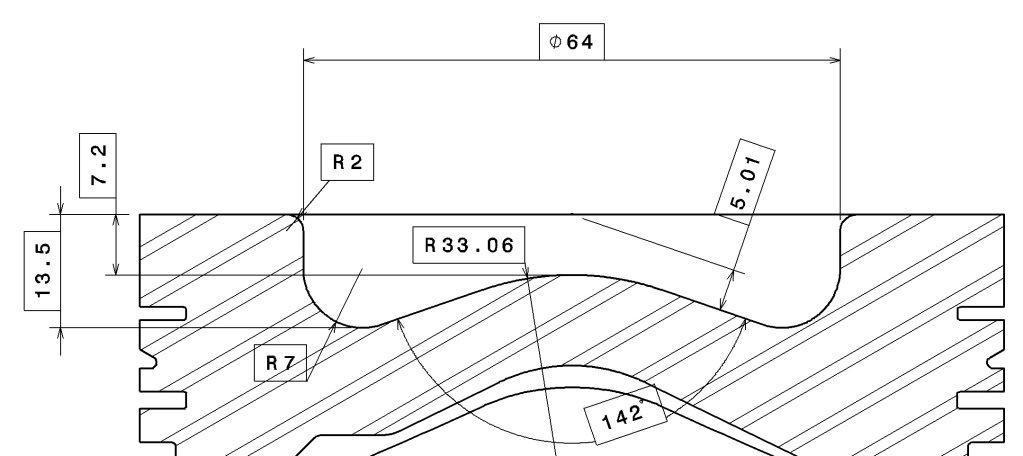JoshH
New member
- Joined
- Apr 2, 2007
- Messages
- 648
Yep, I forgot to divide the stroke by 2. Give me a minute, and I'll rerun the calculations.
124 degree angle sprays the edge of the bowl at 42.7 degrees of timing and the cylinder wall at 50.2 degrees of timing.
143 degree angle sprays the edge of the bowl at 32.4 degrees of timing and the cylinder wall at 40.2 degrees of timing.
Sorry for the miscalculations earlier.
124 degree angle sprays the edge of the bowl at 42.7 degrees of timing and the cylinder wall at 50.2 degrees of timing.
143 degree angle sprays the edge of the bowl at 32.4 degrees of timing and the cylinder wall at 40.2 degrees of timing.
Sorry for the miscalculations earlier.
Last edited:

